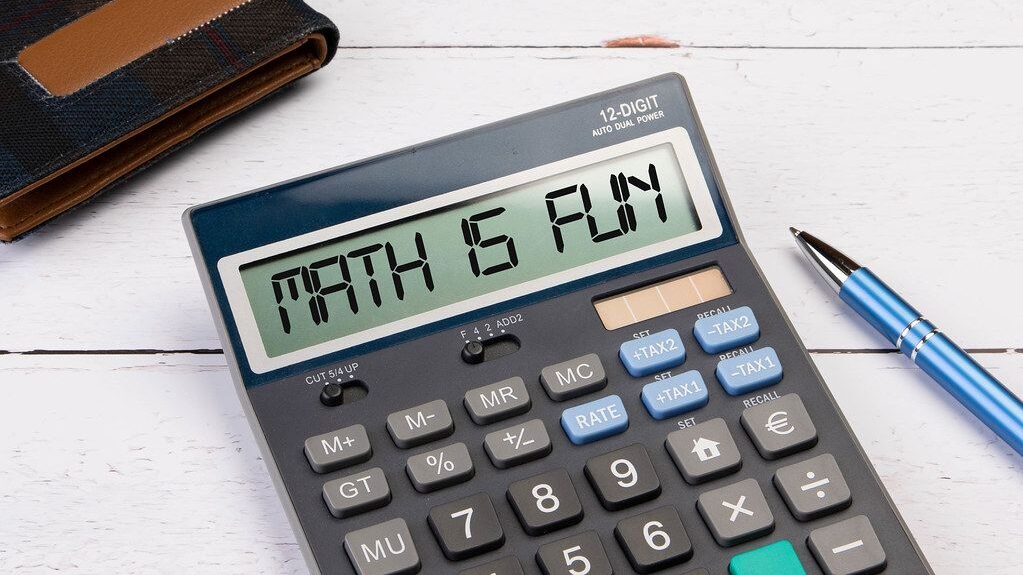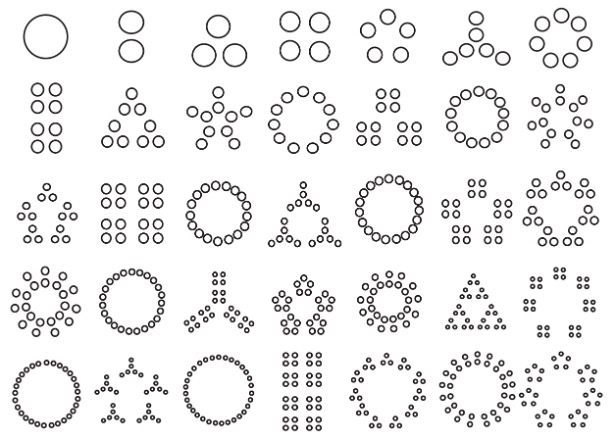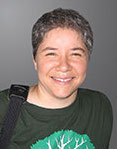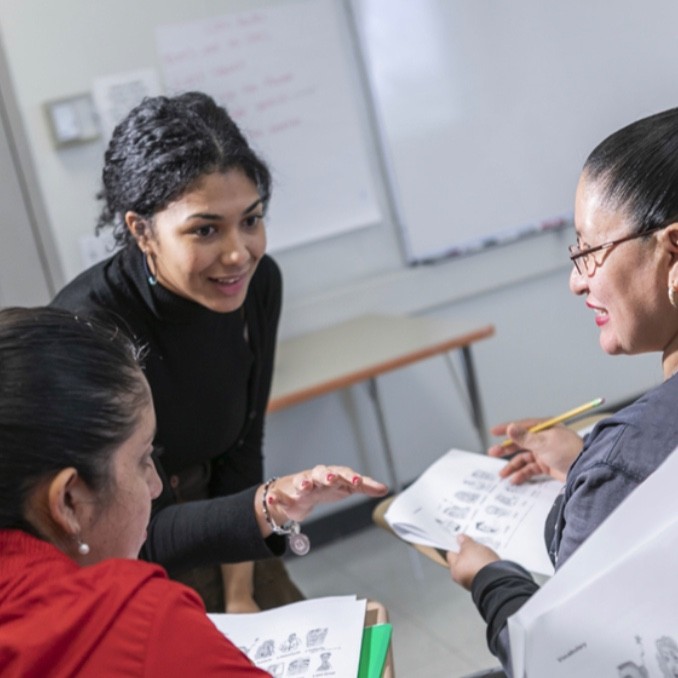Making Math Fun
by Sarah Lonberg-Lew

For so many students, math is something they have to get through to reach their next steps. For many teachers, math is something they have to teach because students need to learn it, but it isn’t fun and engaging like reading and writing, or relevant and interesting like social studies and science. So, to help us all survive the ordeal of teaching and learning math, we look for ways to make it fun and interesting – games that motivate students to learn their multiplication facts because they’ll score points in a class competition or worksheets that take some of the pain out of practicing the steps of procedures because each correct answer reveals a clue to the answer to a riddle. I’ve seen lots of materials and activities designed to make math fun by putting a frame around it, dressing it up in some fun context that doesn’t have anything to do with the actual math content.
Is this the best we can do? There are lots of things in life that are unpleasant, tedious, and difficult, and gamification can help us get through these tasks. But is that our best option when it comes to teaching and learning math?
Dressing up math practice in a fun context may make it more palatable, but it also carries the message that doing math is an unpleasant task, and our attempts to make math fun can get in the way of us and our students seeing something amazing – math is already fun. Math is naturally fun and interesting, and we all can have a much happier teaching and learning experience if we learn to experience the joy of math, and through finding that joy, help our students open that door as well.
One of the most boring and painful experiences many of us had in math was memorizing our multiplication tables—and worse, taking part in timed drills or contests. What is the fun in that? Of course, some may find it fun but others may not, even if there is a prize for being fastest or if your flash cards have amusing pictures on them. But multiplication itself? Well, that is fun and interesting—and you can have some fun with multiplication right now!
Here is an online interactive tool that gives you a filled-in multiplication table and the ability to color it in any way you want. (You can also create this yourself with paper and colored pencils.) Let the numbers guide your coloring. What patterns emerge for you? What do you think is beautiful in the multiplication table? (Need some help getting started? Try coloring numbers with a certain characteristic, like multiples of 6 or numbers that end in 1. Try using different colors to identify different kinds of numbers. What do you want to explore?)
Once you start finding beauty just in the numbers written as numerals, try finding some of the numbers from your multiplication table in this artistic and creative representation of numbers, originally created by Brent Yorgey:

What patterns do you see here? What numbers stood out for you in the multiplication table? What do they look like in this form? What questions do you want to explore? If you want a challenge, try creating a representation of a bigger number. What challenges could you set for yourself? (Have some more fun by printing out this image and highlighting the things you notice with colors. Find a full page version in this lesson plan at YouCubed.org.)
By the way, if you are wondering if your students would engage with something like this, I can offer one piece of anecdotal evidence that they will. I gave this to students on the very first day of a math class and they talked to each other about it for over an hour, having many lively, fun, and mathematical conversations.
Want to take your adventure further? Check out Stephen Von Worley’s animation of the number representations you just enjoyed. I dare you to sit and watch and let the beauty wash over you.
Once you’ve had a chance to thoroughly enjoy all this beautiful, creative math, you might also want to check out this write-up of a meeting of the Community of Adult Math Instructors (CAMI) who also had a lot of fun with the number visuals above.
Will any of this help you memorize your multiplication tables? Maybe it will and maybe it won’t, but it will deepen your understanding of multiplication and your joy in it. And those two things are much more valuable than being able to remember what number was on the other side of a flash card.
So far, I’ve suggested that these particular fun mathematical explorations are about multiplication, and they are, but they are also part of the bigger beauty and mystery of how numbers can be put together and how they can be taken apart. Exploring this mystery has led people to create wonderful, exciting ways of representing, interacting with, and reasoning with numbers. Here is another one you might enjoy playing with:

What is going on in this representation of numbers? What does it have to do with the other explorations you have tried? Click here for a way to interact with these colored circles. Try dragging them together and pulling them apart. What do you notice? What do you wonder? What do you want to explore?
There is so much fun to be had just in playing with how numbers can be put together and taken apart. It’s inherently fun and interesting and it develops number sense, operation sense, and conceptual understanding. Maybe it will even inspire you or your students to create your own representations!
If you have read this far, you now know that there were some misleading ideas in the title and the first paragraph of this post. We don’t need to do extra work to make math fun. All we really need to do is make space to explore and find the fun that is already there.

Sarah Lonberg-Lew has been teaching and tutoring math in one form or another since college. She has worked with students ranging in age from 7 to 70, but currently focuses on adult basic education and high school equivalency.
Sarah’s work with the SABES Mathematics and Adult Numeracy Curriculum & Instruction PD Center at TERC includes developing and facilitating trainings and assisting programs with curriculum development. She is the treasurer for the Adult Numeracy Network.

Mercedez is a bilingual adult education teacher who has taught a wide range of different age groups and students from different nationalities in the Dominican Republic, the US, and Spain. Most recently, she has focused on the adult education of immigrants in NYC. She co-created a community for adult ed teachers that offer their classes in Spanish. This community includes a list of over 100 educators across the US (including Puerto Rico). Along with other colleagues, she has also led and organized workshops called “Compartir entre Colegas” for those teachers who feel excluded from developing their knowledge in their native language.
